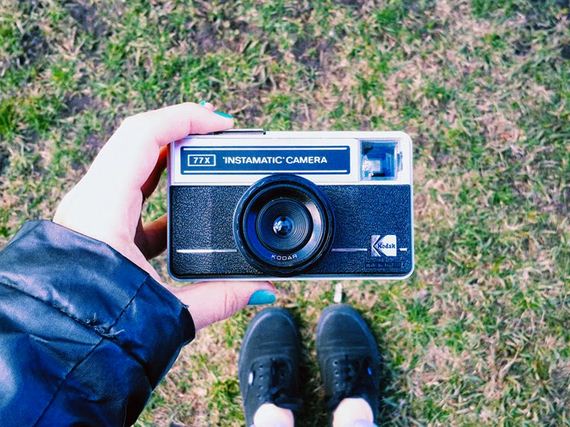
What’s film photography? Some people think that film photography is an out-of-date stuff their grandfathers used long ago. But if you’re familiar with digital photography you probably noticed that film photography is getting more and more popular among people of the younger generation. Although film photography is pretty complicated, it still has certain advantages over digital photography. And here are some great reasons to give it a try:
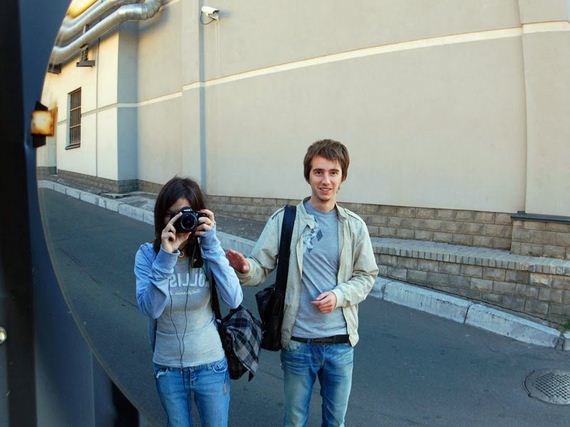
1. You’ve got only one chance to take an awesome photograph. When taking photographs with digital cameras you’re able to take as many pics as you want and pick the best one. But it doesn’t work with a film camera. Here you spend more time composing your shot. You put more conscious thoughts about choosing the right preferences (such as ‘F-stops’) to make your shot perfect – the first time. The amount of the shots is limited. And after experimenting and practicing you’ll get a deeper knowledge of photographic techniques and your digital photography will improve as well.
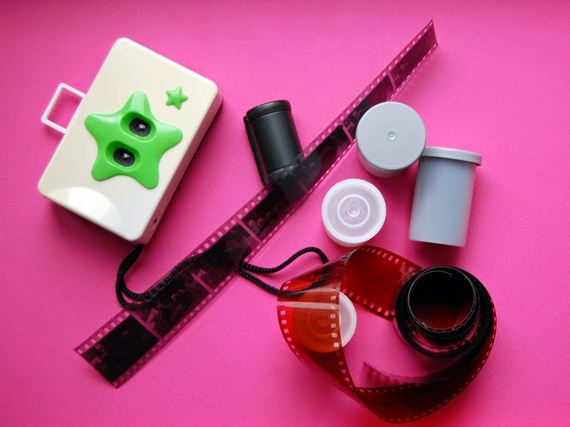
2. Experimenting with different films and cameras. As long as many different films are still being made these days, it’s up to you to choose your favorite one that will work for your personal photography style and color preferences and generally speaking, for the time of day you may be shooting. Try to experiment with different film stocks, but we recommend you avoid the cheapest films, because they will likely be a waste of practice and time. A few tips to choosing the film to start with: for color photography try Fuji Pro 400H, Kodak Portra 160, or Portra 400, for black and white pictures the good starters will be Kodak’s T-Max 400, Ilford Delta 3200 and Ilford 400. Try to shoot overexposing and underexposing and see the results. Lower ISO numbers like 100, 160 or 200 are used for normal daylight conditions where you probably won’t be using a flash. The bigger the ISO number the better the film is for shooting in dark conditions. ISO followed by a number (e.g., 400 or 800) represents the sensitivity of a given film emulsion to light, often referred to as “film speed.” Higher ISO numbers indicate a greater sensitivity to light. A 3,200 speed is for shooting in very dark conditions where the film emulsion picks up all the ambient light to create a photograph. It will also be grainy in appearance when developed.
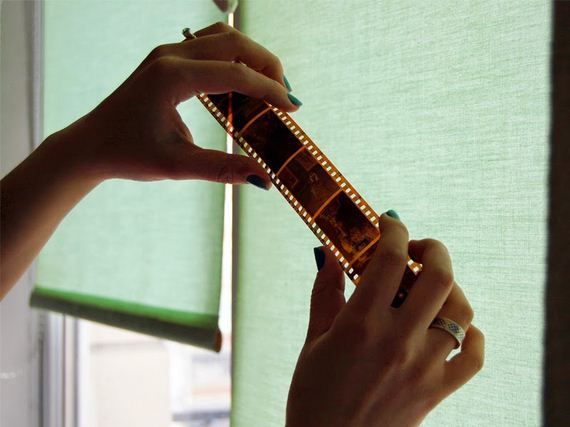
3. Better quality of photos. You really can achieve better color saturation and accuracy using a film camera. When taking photos with a digital camera, it collects the color information by 3 sensors that then combine in microprocessor and create a photo. Processing the information affects and distorts the color data of your picture and some of the colors in reality cannot be transferred into the pictures. With the film camera there are more chances to save the original colors and contrasts.
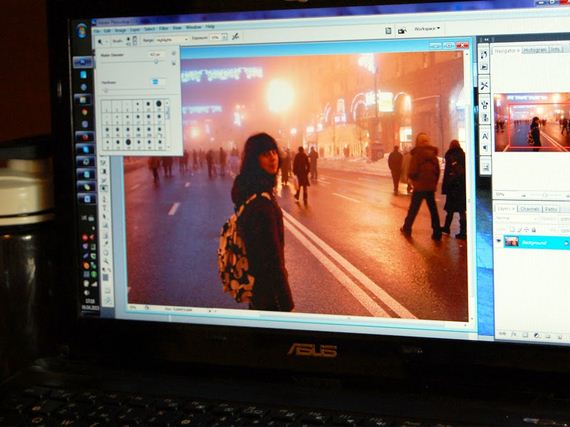
4. Less additional editing or no editing at all. To some of us, this can seem more like a drawback than a benefit. But you actually get more spare time not editing pics you’ve taken. You simply wait for the photo laboratory to send printed photos to you. And imagine the pleasant experience from seeing the pics you probably don’t even remember taking! But if you scan films at home you will actually need to remove a film base fog that appears from the base layer of the film – the plastic part of it. Try to do it with the help of the contrast adjustment on the camera.
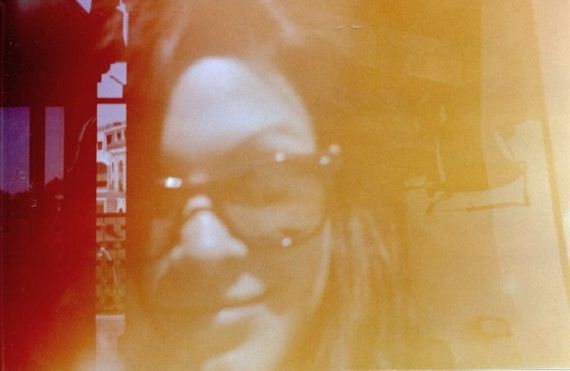
5. Lomography. Yes, every person can surely become a photographer, using the most advanced photo technologies that will help to achieve amazing high-quality results. But if you haven’t tried lomography, you aren’t practicing the romantic part of the photographer’s craft. So what is lomography anyway? This is not a very old type of photography invented by the Australian Lomographic Society in the early 90′s. The word came from a cheap Russian film camera called Lomo LC-A. This camera takes high contrast photos with heavy vignetting and high saturation. However, Lomo LC-A is not the only camera that can help you achieve those effects. You can find some more recent lomo-cameras on Ebay or at different photo shops that cater to film photography. Lomography has some special rules you need to follow or it doesn’t work. You must take your camera everywhere you go, and use it any time you see a shot you want to capture. Try to take pictures from the hip, fast, without thinking about extra settings and focusing. Don’t be afraid of people around you or people and objects you are capturing. Just don’t think! And you will be amazed by your unexpected, spontaneous-looking shots later! Want to learn more?
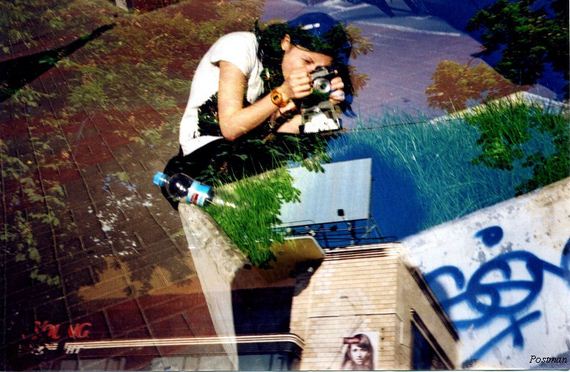
6. Double exposure. Double (or multiple) exposures are two or more photos that are superimposed creating one image. The technique is all about experimenting with photographs and creating unusual, unrealistic-looking but creative photos that will amaze anyone. It’s not about photo-shopping, you do the trick using just your film camera and that’s all. Not all cameras can provide such effect, so if you want to try multiple exposures, choose the model that supports this option before buying one. Multiple exposures are really easy to do, just do not stop experimenting, even if you get pics that look like a total mess. Learn the basic rules, grab your camera and start shooting! The creative possibilities are endless here!
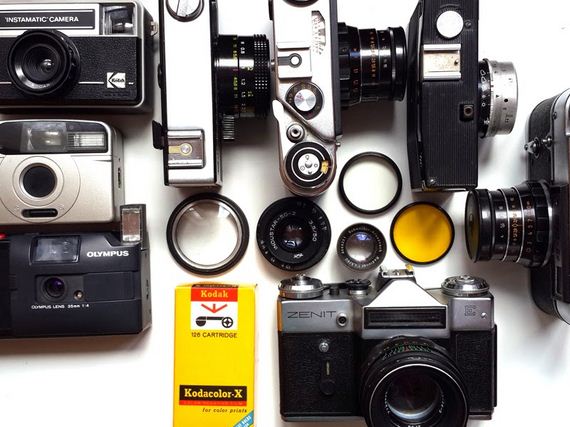
7. Your own photo camera and accessories collection. Love some cool old (“hipster”) stuff? Visit yard sales or popular flea markets in your town for vintage cameras. They are usually not expensive and most of the sellers there are friendly. You will be able to find out more information for yourself from photography buffs at the flea markets and probably make some new friends in the process.
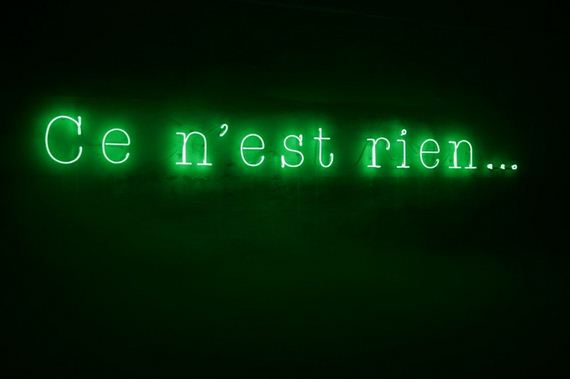
8. Your own darkroom. Okay, that is not really easy. Many of us have grown up in the time of digital photography dominating over film and didn’t really have any idea what was going on in those mysterious dark rooms. But if you’re sure you can handle the main rules of the process, plus you own special space that you can transform into the dark room to develop film and print photographs, this may become your new hobby. Where to get the equipment? Visit the same old flea markets for your first starter kit, or try looking on the Internet. The instructions on how to use it are also available on the net, so feel confident to Google everything you need to know about the dark room process. The work in the room may take a lot of time, even a few hours, so if you want to work with your film in the daytime, make sure your room is light-tight. However, the whole process will be super exciting, time really flies there. Good luck and enjoy the great world of film photography!
Enjoy the result:
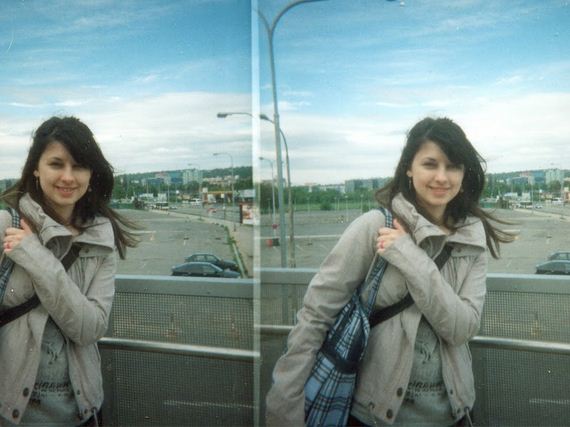
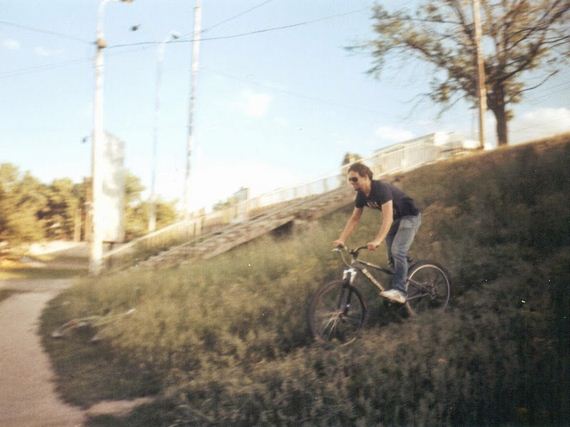
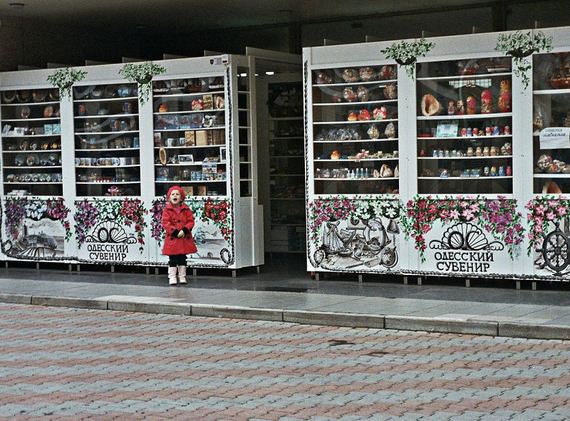
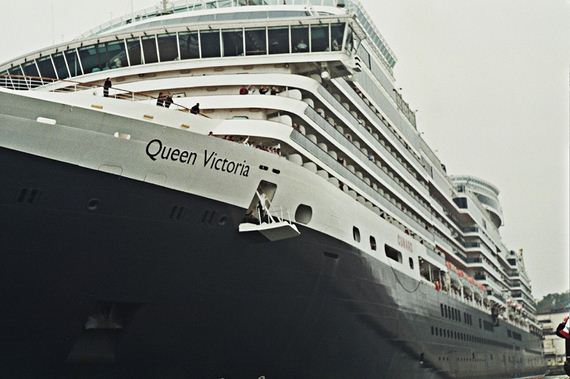
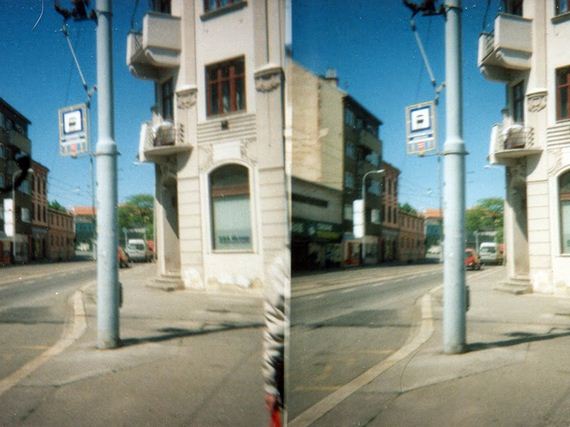
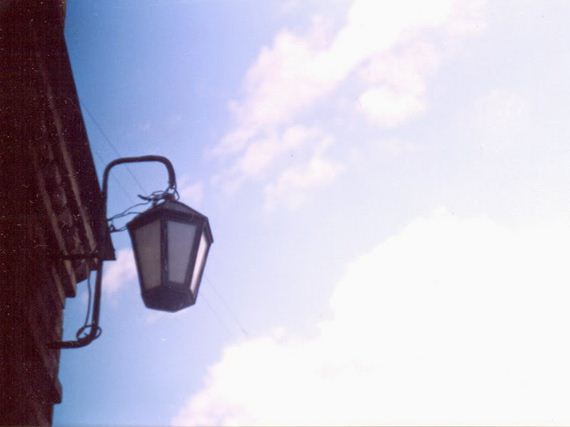
 12thBlog Hot Celebrity Photos
12thBlog Hot Celebrity Photos